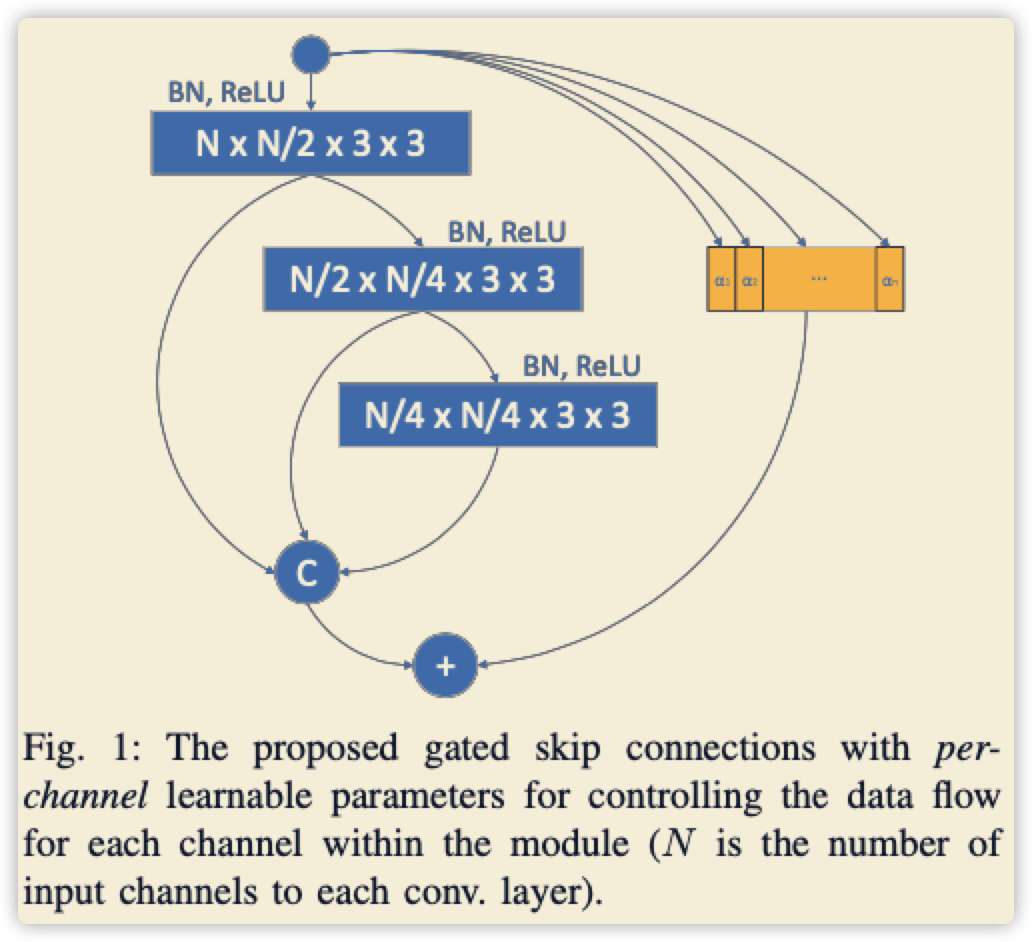Being one of the most challenging computer vision problems with a multitude of applications, human pose estimation has been one of the primary research areas that the computer vision community tried to solve with Deep Learning and Convolutional Neural Networks (CNNs). Given that the results produced by existing state-of-the-art methods look at least impressive both qualitatively and quantitatively, it is natural to question how much progress can be expected on this problem over the next years and whether there is room for further improvement.
This paper is on highly accurate and highly efficient human pose estimation. Recent works based on Fully Convolutional Networks (FCNs) have demonstrated excellent results for this difficult problem. While residual connections within FCNs have proved to be quintessential for achieving high accuracy, we re-analyze this design choice in the context of improving both the accuracy and the efficiency over the state-ofthe-art. In particular, we make the following contributions: (a) We propose gated skip connections with per-channel learnable parameters to control the data flow for each channel within the module within the macro-module. (b) We introduce a hybrid network that combines the HourGlass and U-Net architectures which minimizes the number of identity connections within the network and increases the performance for the same parameter budget. Our model achieves state-of-the-art results on the MPII and LSP datasets. In addition, with a reduction of 3× in model size and complexity, we show no decrease in performance when compared to the original HourGlass network.
https://arxiv.org/pdf/2002.11098v1.pdf
@1adrianb is the original author of the paper





